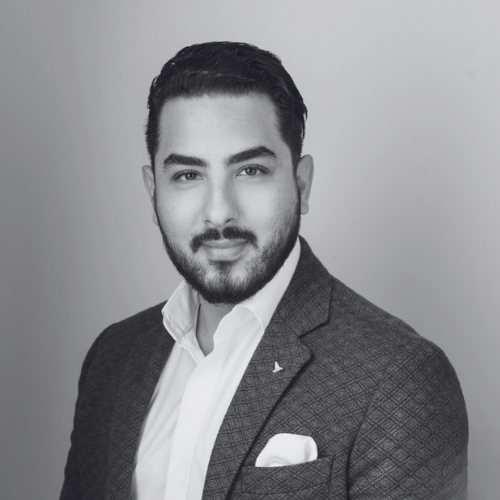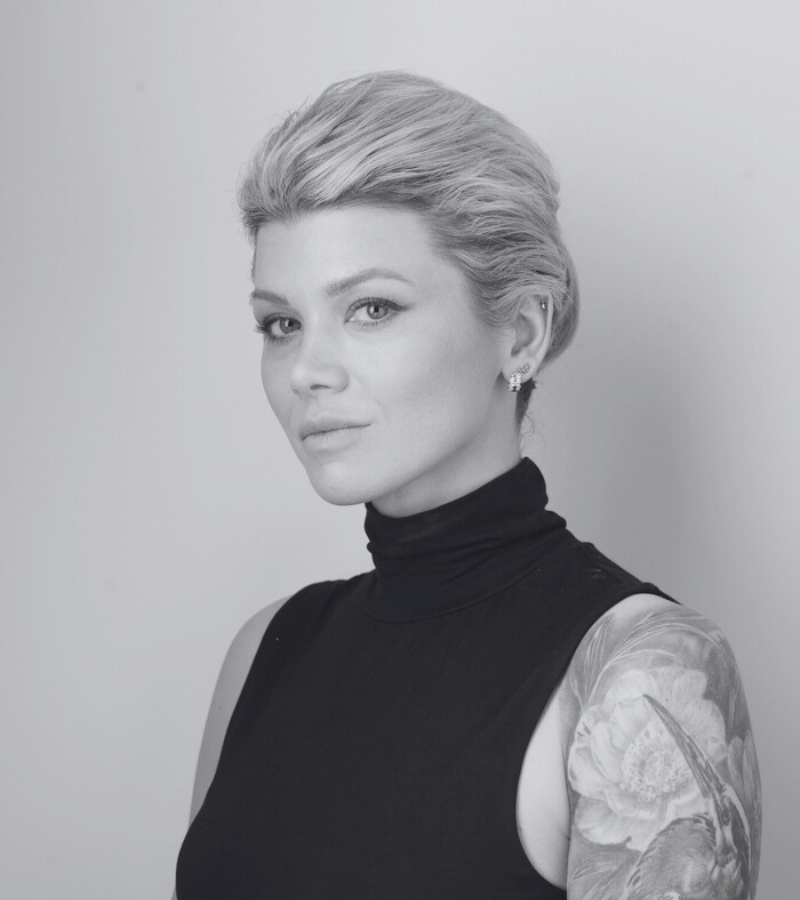What is PRP Therapy?
PRP (Platelet-Rich Plasma) therapy for skin and hair is a non-surgical treatment that uses your own blood to extract platelet-rich plasma, which is then injected into the skin or scalp to stimulate healing and rejuvenation. For skin, PRP promotes collagen production, improving texture, tone, elasticity, and reducing fine lines and scars. For hair, PRP stimulates dormant hair follicles, encouraging hair regrowth, thickening existing hair, and reducing hair thinning. Both treatments harness the body’s natural growth factors to promote regeneration and improve overall skin and hair health.



